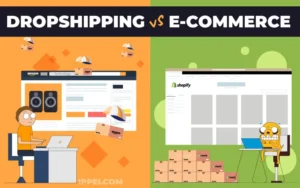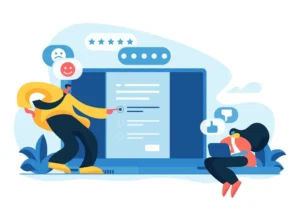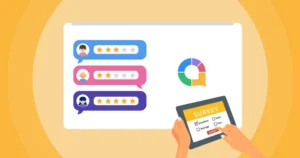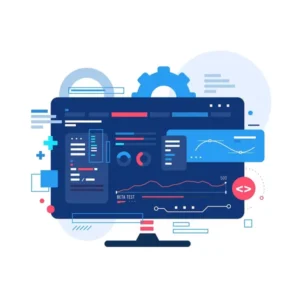The Rise of Continuous Feedback Loops in Market Research: Unveiling Their Significance

In the ever-evolving world of market research, traditional survey methods are facing a significant transformation. Continuous feedback loops, often referred to as real-time feedback mechanisms, have gained immense popularity. This article explores what continuous feedback loops are, why they are becoming a cornerstone of market research, and the benefits they offer to businesses.
Contents
Understanding Continuous Feedback Loops
Continuous feedback loops are dynamic systems for gathering, analyzing, and acting upon customer feedback on an ongoing basis. Unlike traditional surveys, which are periodic and often come with a time lag between data collection and analysis, continuous feedback loops provide immediate, real-time insights. These systems utilize various channels, such as online surveys, social media, emails, and direct interactions, to collect feedback from customers and other stakeholders.
The Growing Popularity of Continuous Feedback Loops
Several factors contribute to the increasing adoption of continuous feedback loops in market research:
1. Real-Time Decision-Making
In today’s fast-paced business environment, companies need to make swift and informed decisions. Traditional surveys, with their delays in data collection and analysis, may not provide the agility required to stay competitive. Continuous feedback loops offer real-time insights, enabling businesses to adapt promptly to customer preferences and market trends.
2. Enhanced Customer Engagement
Continuous feedback loops encourage ongoing engagement with customers. By providing an open channel for customers to express their opinions, companies demonstrate a commitment to customer satisfaction. This increased interaction fosters brand loyalty and trust, leading to stronger customer relationships.
3. Improved Product Development
One of the critical advantages of continuous feedback loops is their ability to inform product development. Businesses can use real-time customer feedback to adjust existing products or create new ones that better align with customer needs and desires. This iterative process accelerates innovation and helps businesses deliver products that resonate with their target audience.
4. Personalized Experiences
Continuous feedback loops enable businesses to tailor their offerings based on individual customer preferences. By collecting real-time data on customer behavior and sentiment, companies can customize marketing messages, product recommendations, and services, creating a more personalized experience for each customer.
5. Quick Issue Resolution
With immediate access to customer feedback, businesses can address issues as soon as they arise. This proactive approach to problem-solving enhances customer satisfaction and helps maintain a positive brand image. It also prevents minor problems from escalating into significant concerns.
Benefits of Continuous Feedback Loops
The adoption of continuous feedback loops in market research brings several key advantages:
1. Better Decision-Making: Real-time insights empower businesses to make data-driven decisions promptly, which can lead to a competitive edge.
2. Faster Issue Identification: Companies can identify and address issues as soon as they arise, preventing customer churn and negative word-of-mouth.
3. Customer-Centricity: Real-time feedback encourages a customer-centric approach, strengthening relationships and fostering loyalty.
4. Product and Service Enhancement: Immediate insights enable product and service improvements based on customer preferences.
5. Brand Loyalty: Enhanced customer engagement and personalized experiences contribute to higher levels of brand loyalty and advocacy.
Challenges and Considerations
While continuous feedback loops offer numerous benefits, they also present challenges:
1. Data Overload: Real-time feedback can lead to data overload if not managed efficiently. Companies must employ robust analytics tools to derive actionable insights.
2. Privacy Concerns: Gathering and storing customer data in real-time require rigorous data security measures to protect customer privacy.
3. Survey Fatigue: Frequent requests for feedback may lead to survey fatigue if not approached thoughtfully. Companies should be considerate of customer time and preferences.
Conclusion
Continuous feedback loops are at the forefront of modern market research, offering real-time insights, improved customer engagement, and data-driven decision-making. Their popularity continues to grow as businesses recognize the value of promptly adapting to customer needs and preferences. As technology evolves, we can expect continuous feedback loops to become an integral part of market research, enabling companies to deliver unparalleled customer experiences and drive success in a dynamic business landscape.









